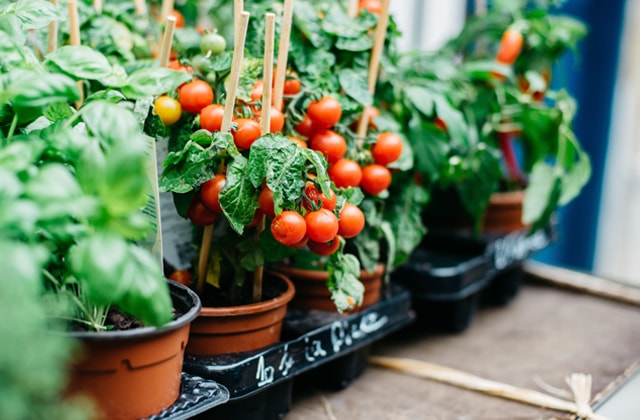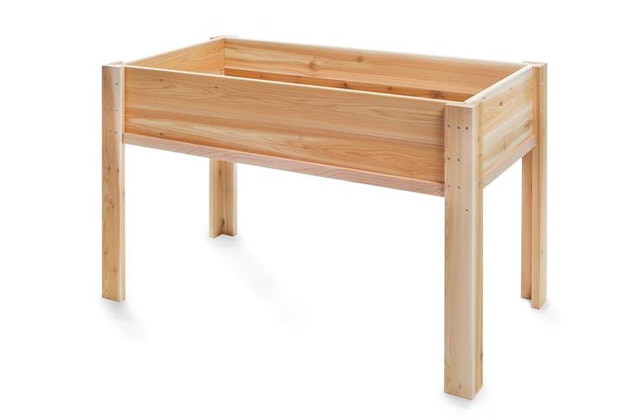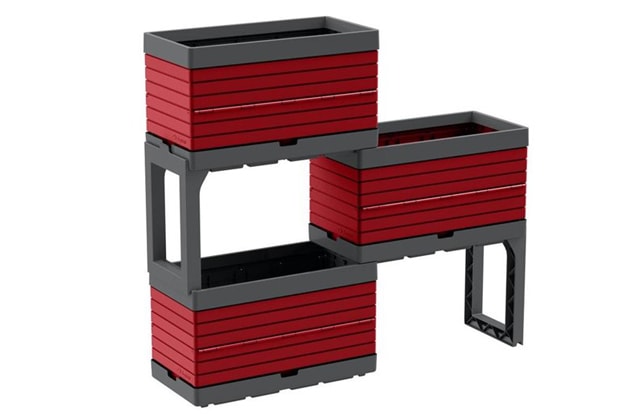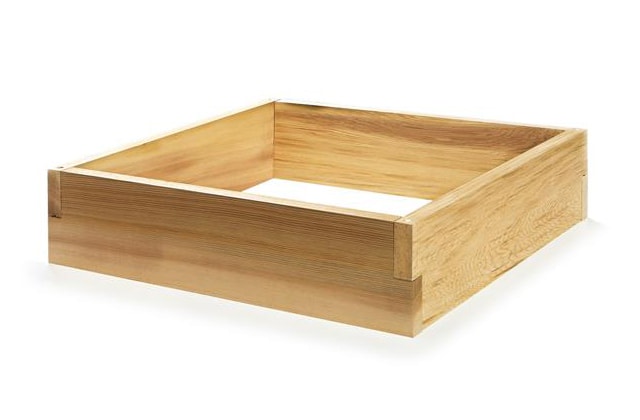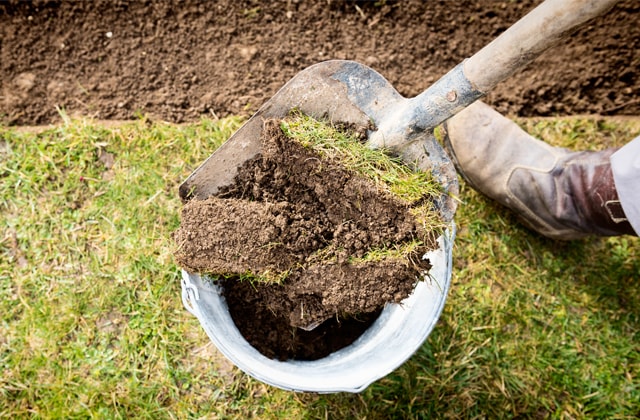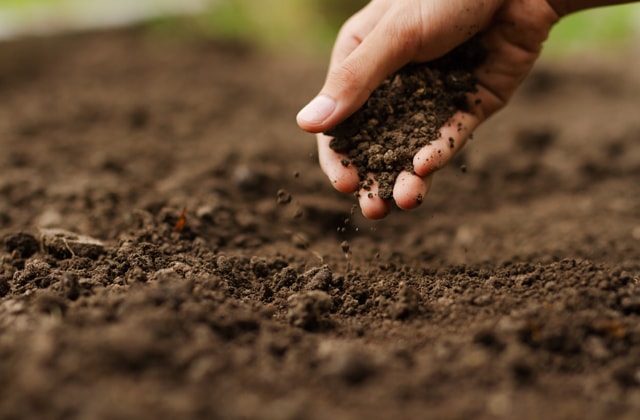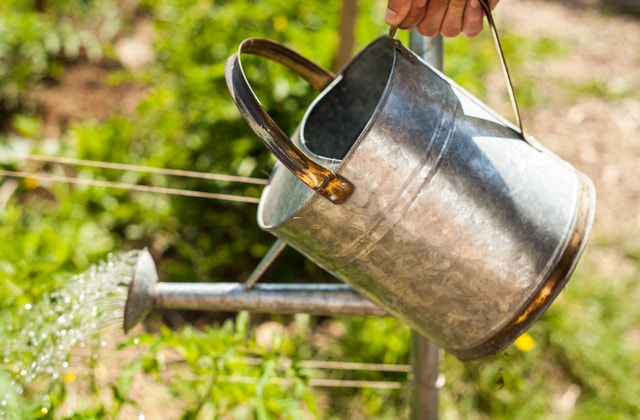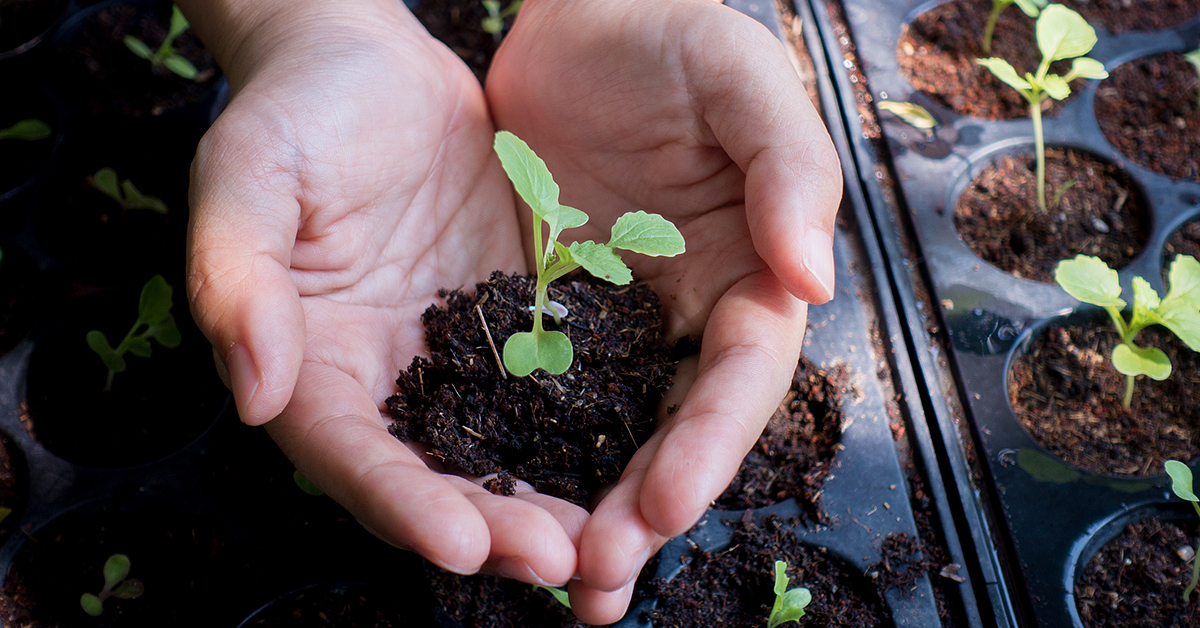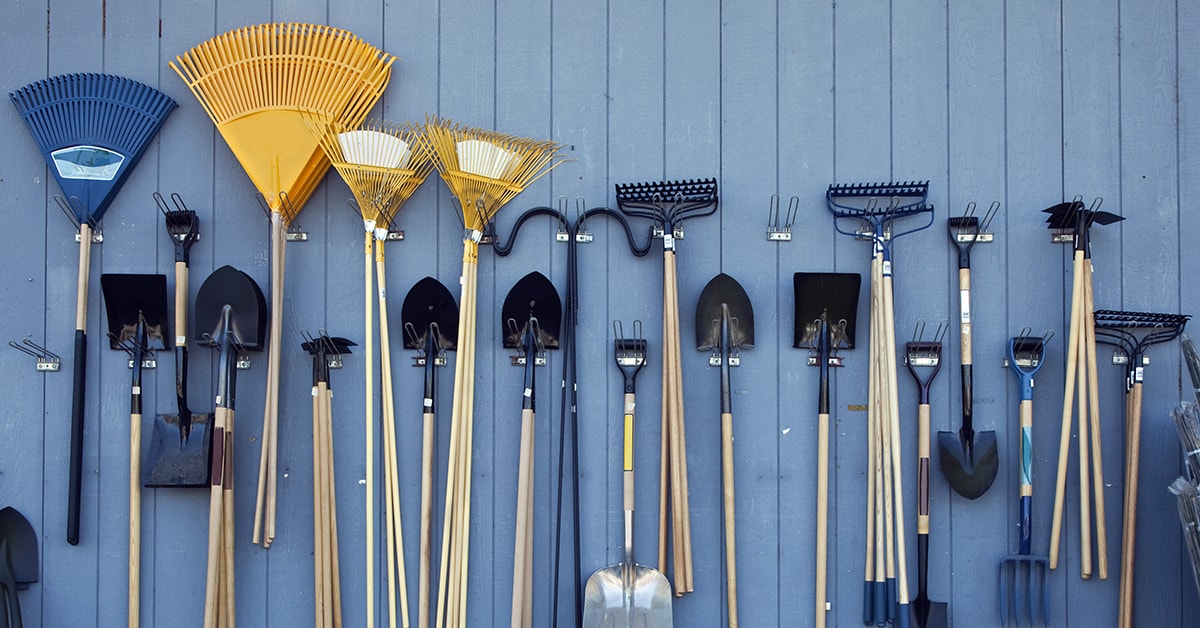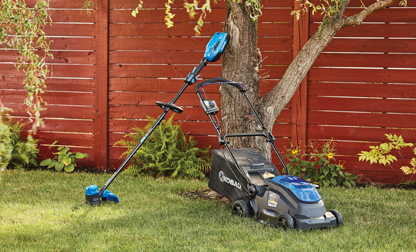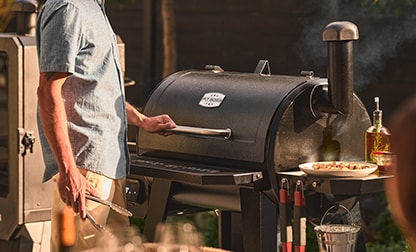1
Picking the Right Plants
- 1.1 - Head to the local Garden Centre or look online to choose from a wide selection of vegetable seeds or pre-seeded vegetables.
- 1.2 - Follow this guide to master seedling every time, from planting to transplanting.
- 1.3 - When sowing, certain dates must be respected in order to maximize the harvest. These calendars indicate which moment to plant vegetable and fine herb seeds, at what depth, and when to transplant them to the garden.









